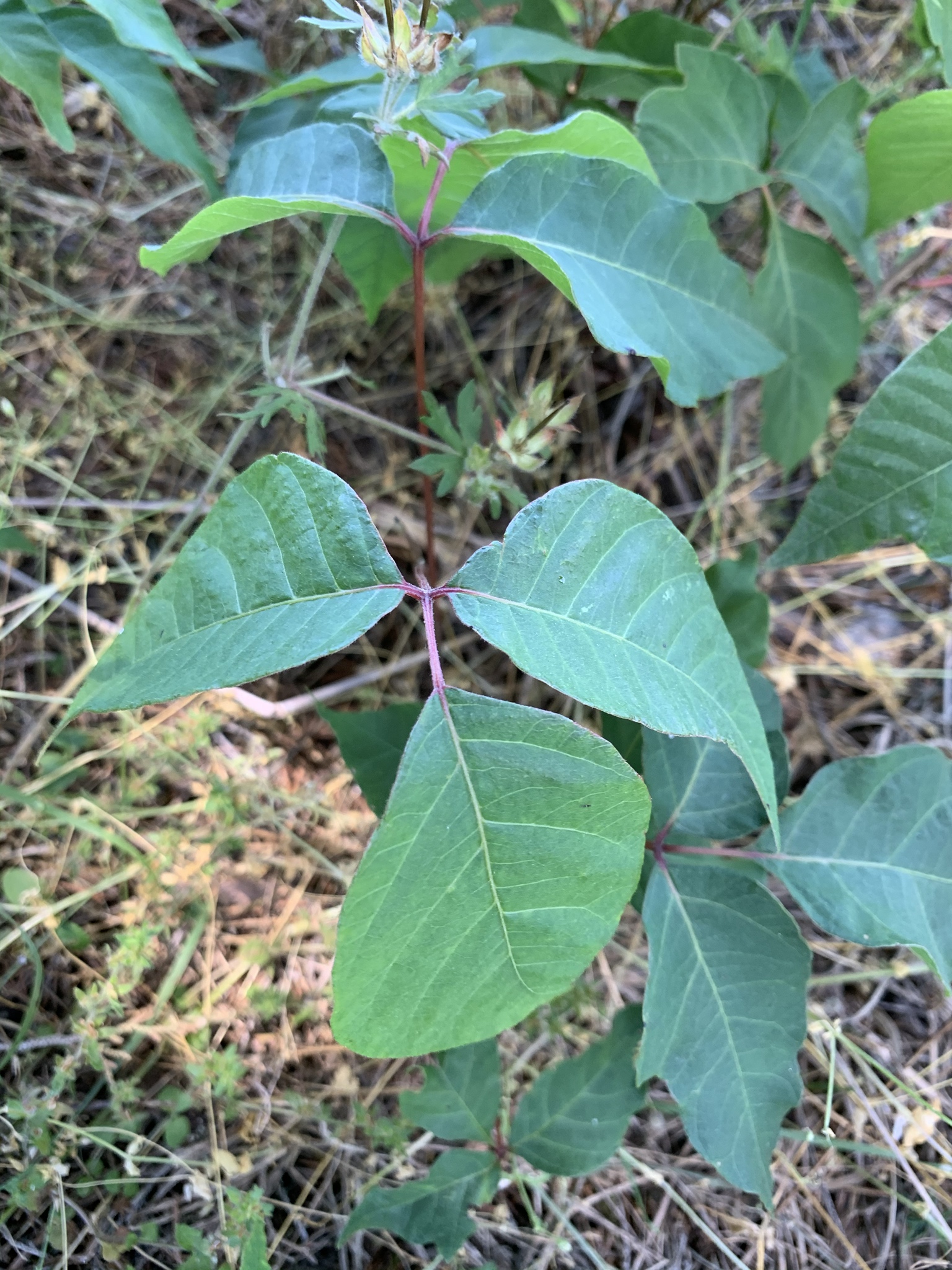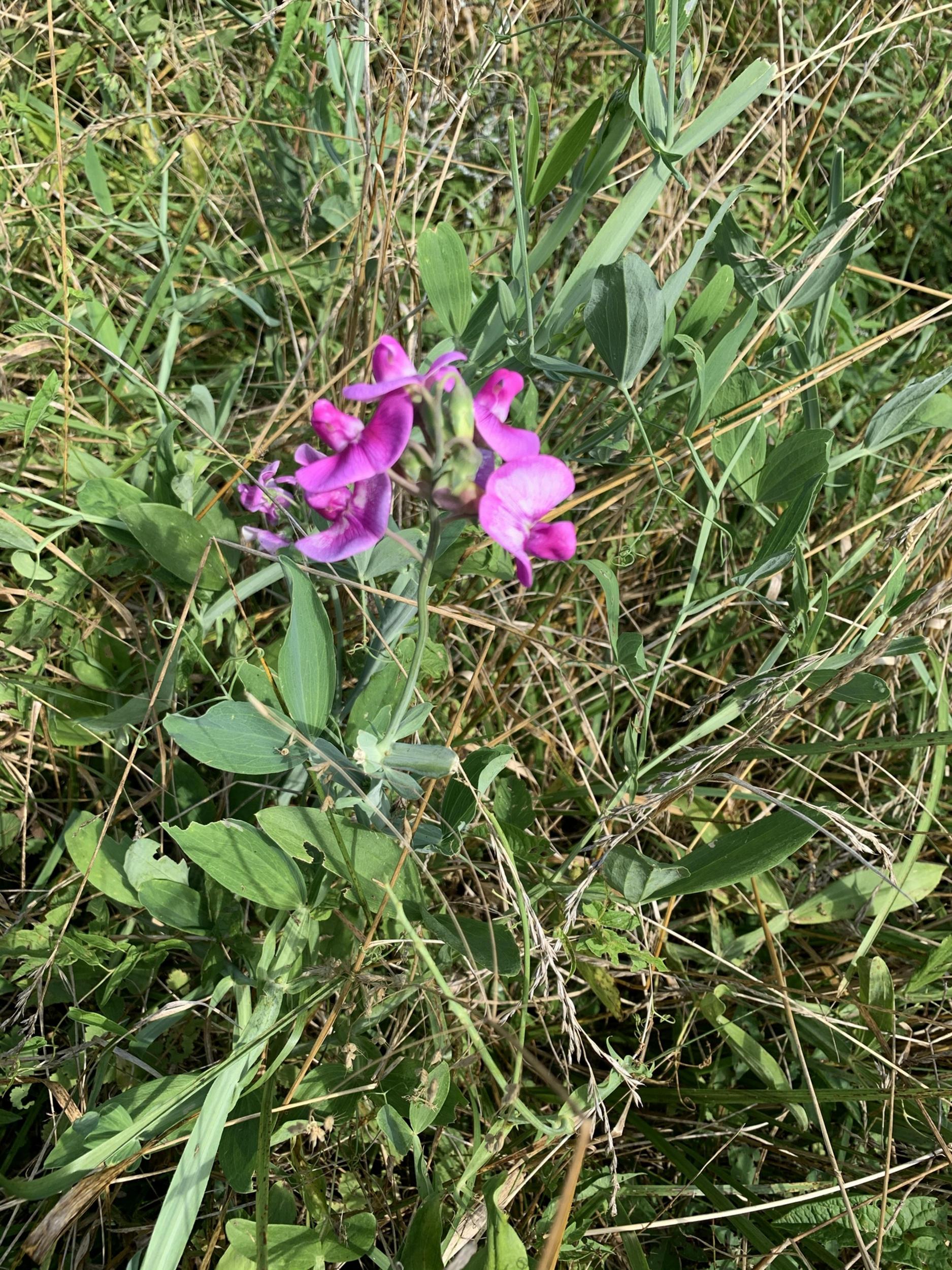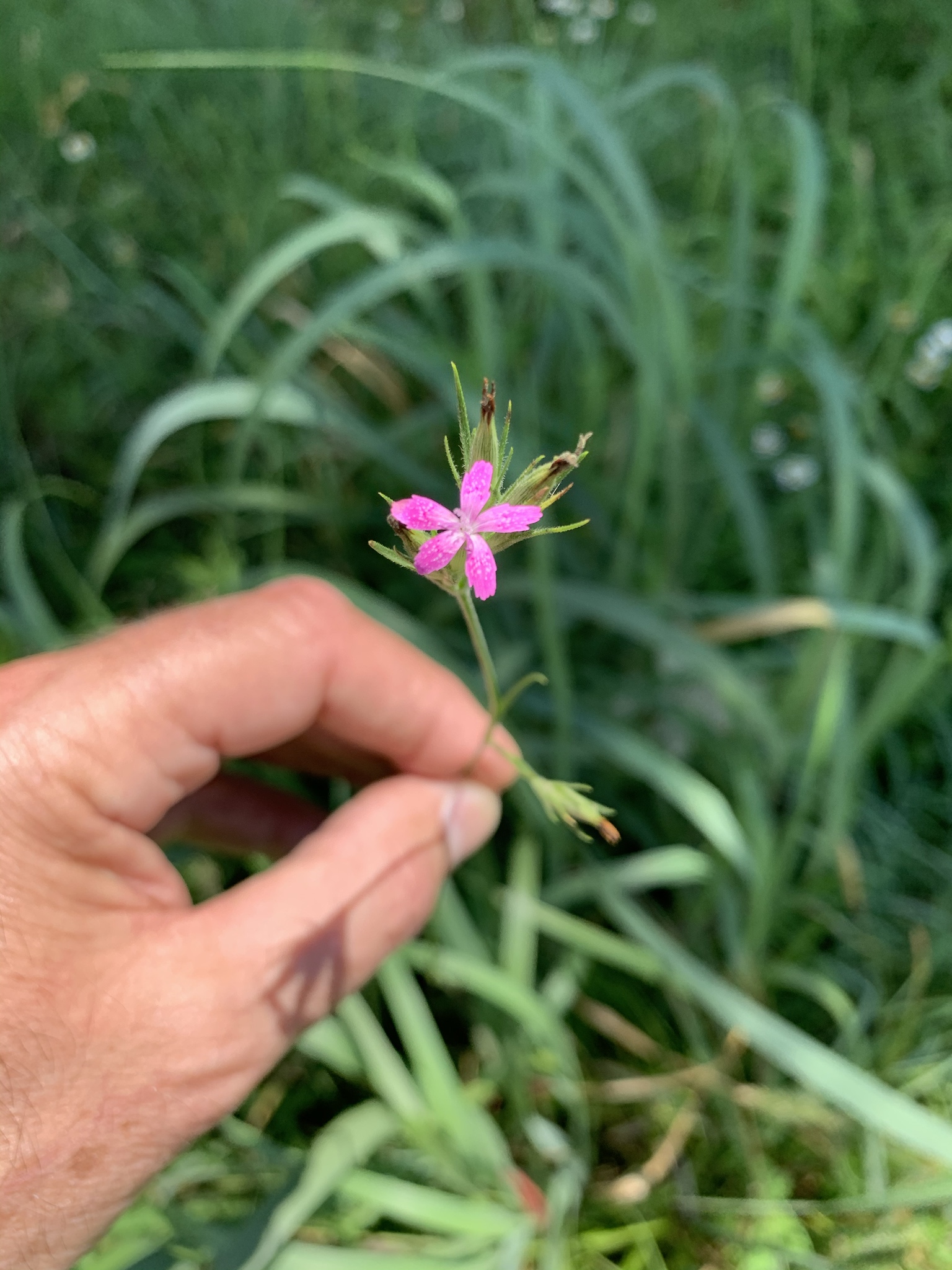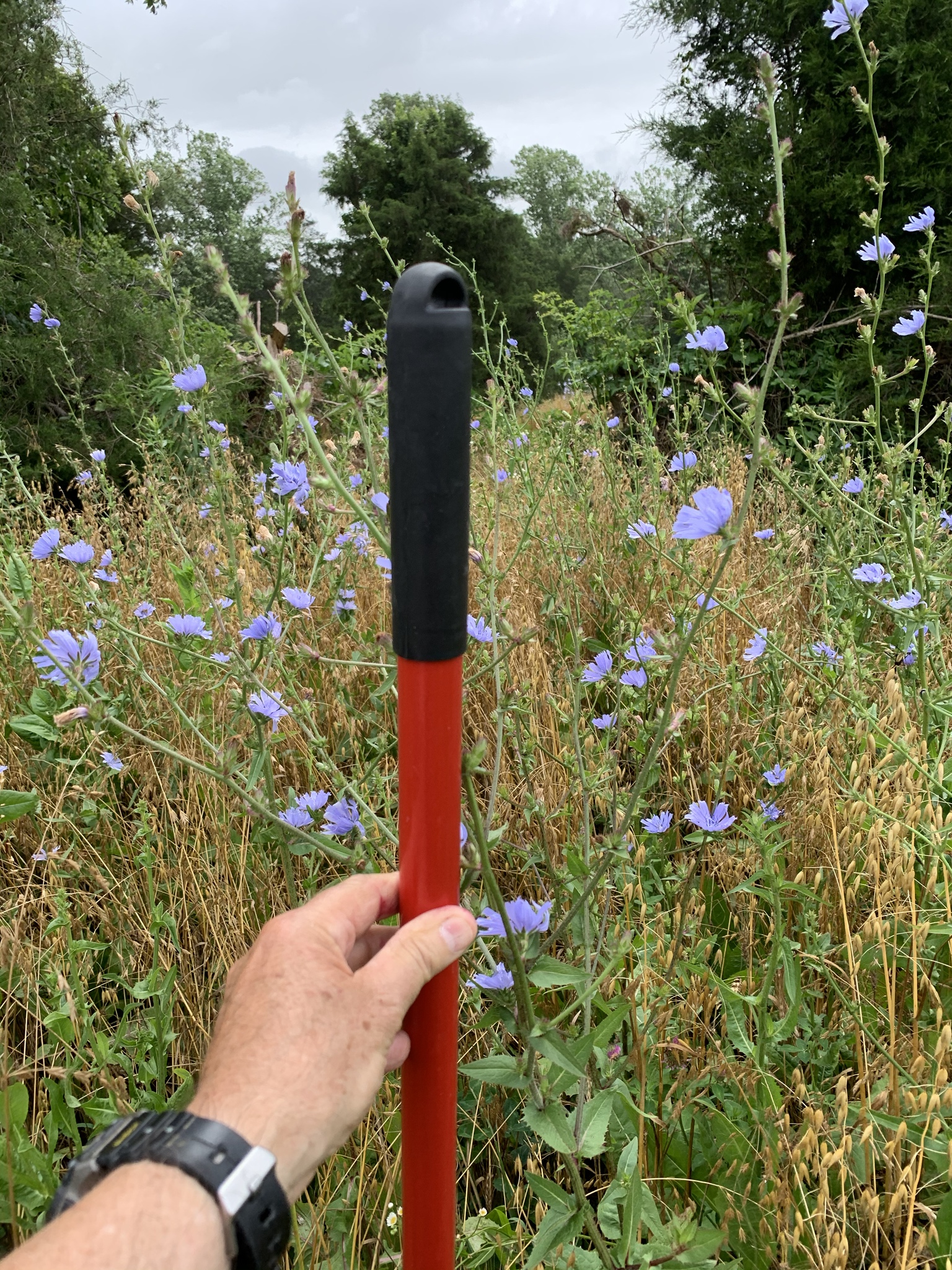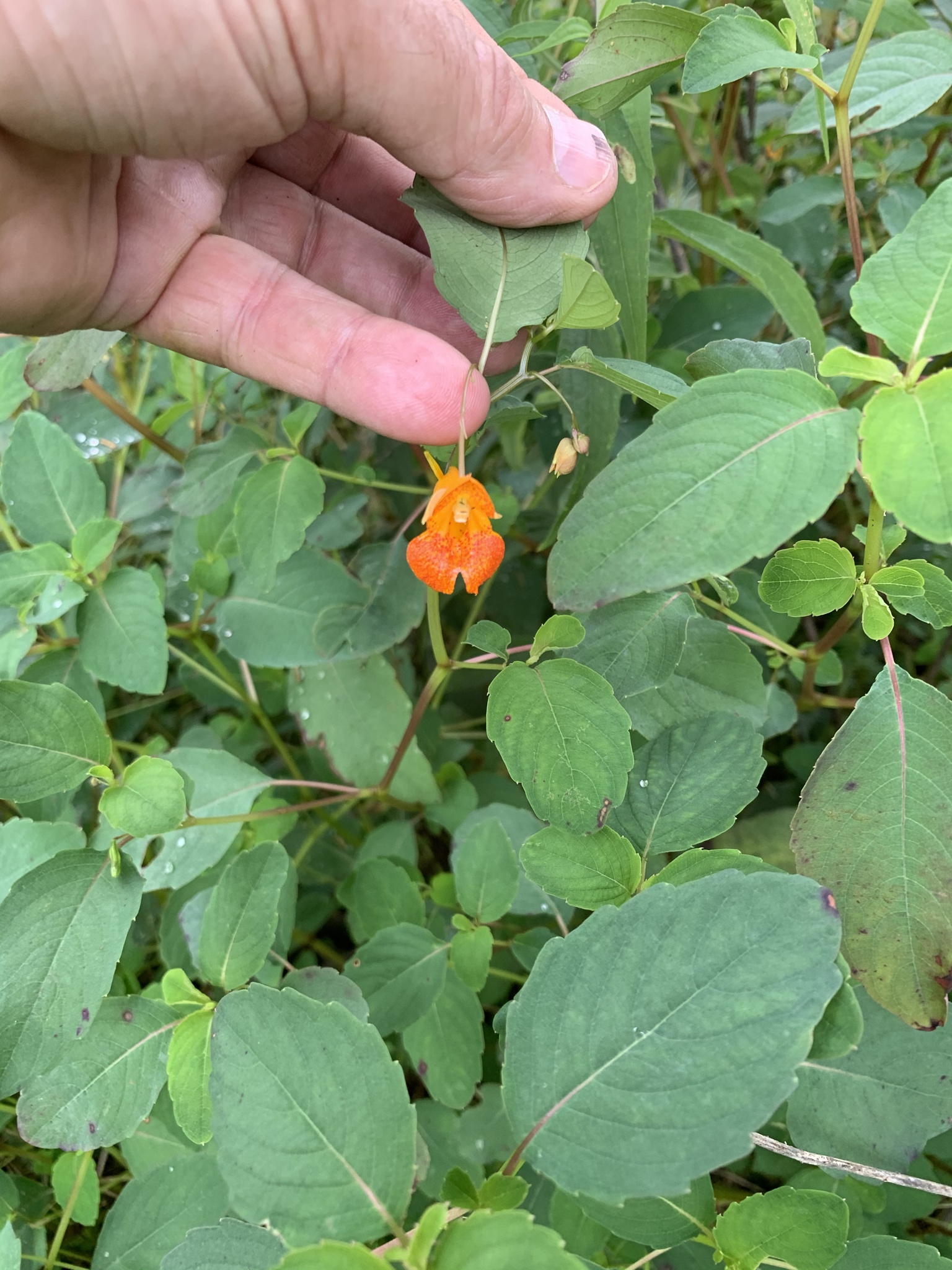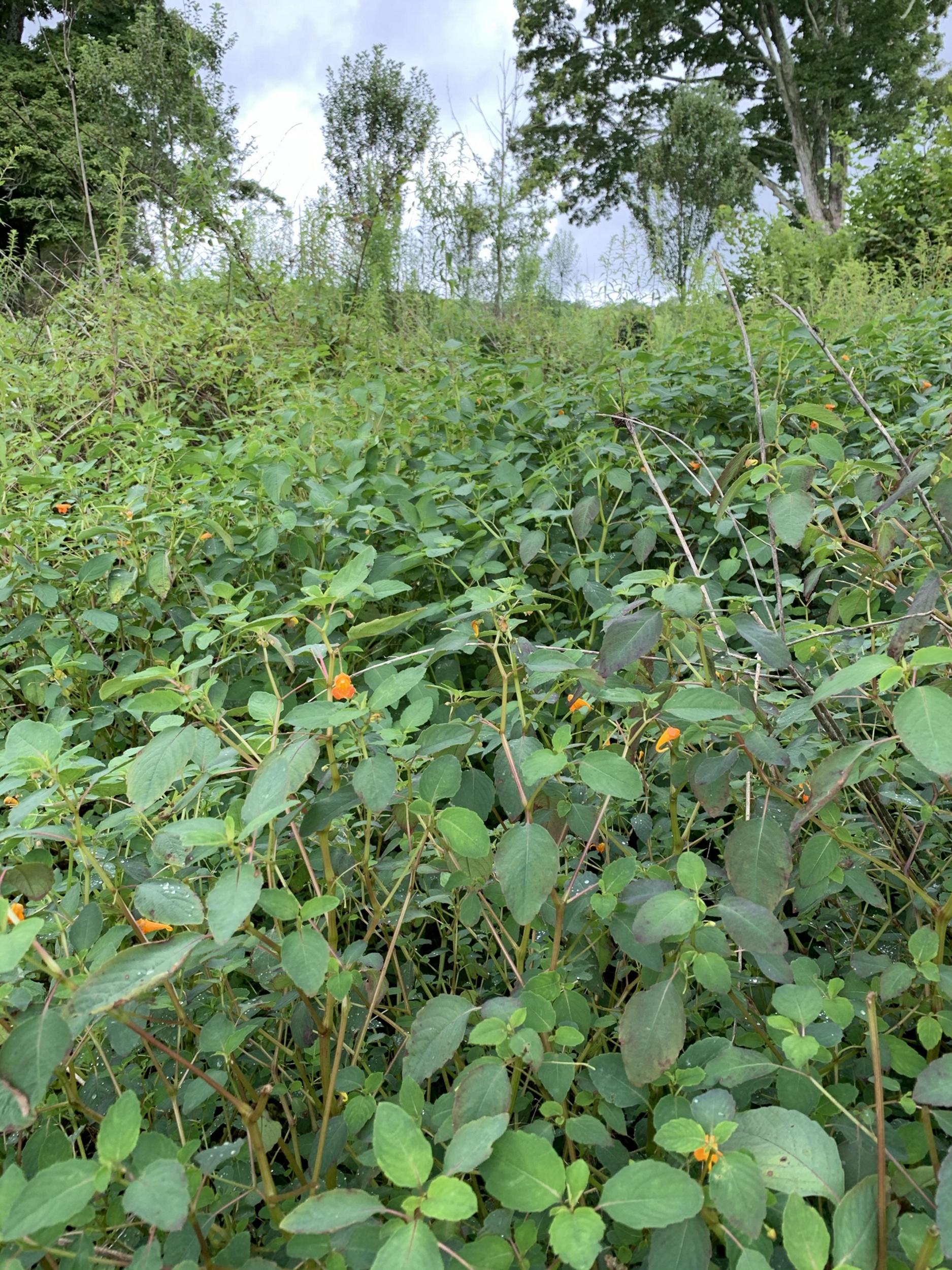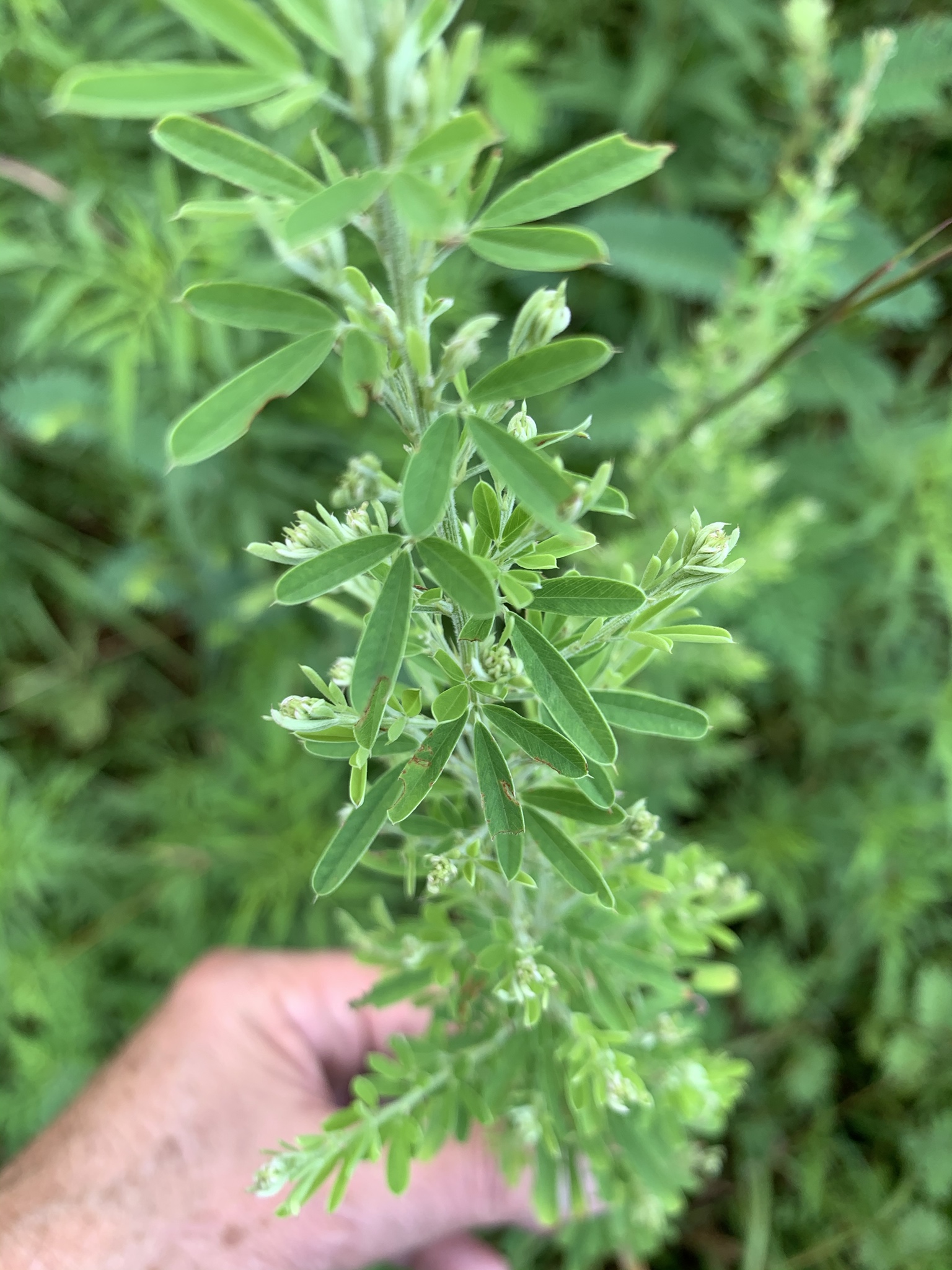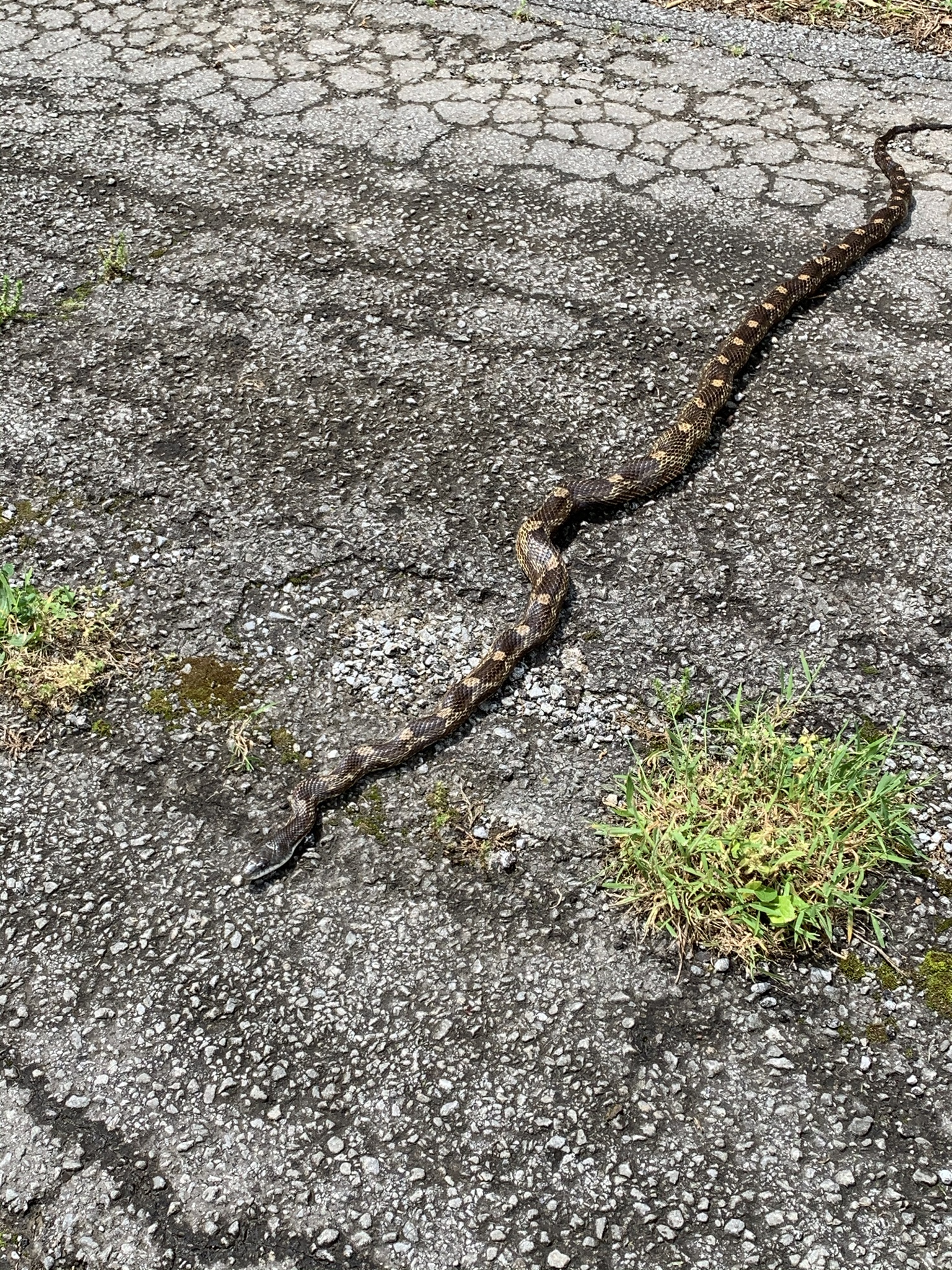Native Hunter
5 year old buck +
This is a great thread that identifies many of the working components and high value of a native prairie. Discussing the forbs that grow from the seed bank, in particular, is excellent as many people are unaware that sometimes using what is in your seedbank is actually more valuable to wildlife than food plots, fruit tree plantings, etc. It's also interesting to see different perspectives from different states. We manage about 500 acres of 'prairie' and grasslands up in Indiana on the property I manage. Our biggest problems are low diversity, likely due to heavy native grass seeding rates, and woody plant competition - esp. nonnative plants such as Autumn Olive.
For those who have the problem of low diversity/grass dominated prairies, I have found late fall, deep tillage to be very effective. We have a 9' offset disk we pull behind a 110HP MFWD tractor as deep as it will go, making 2-4 passes depending upon soil conditions. We disk strips throughout the fields on rotation (hitting roughly 1/3rd of the field, per year). Another option we haven't used much but have experimented with is mowing & applying a grass specific herbicide during the summer growing season. So far, heavy tillage has proven effective for us but if you don't have the necessary equipment, strip mowing and spraying may prove more efficient; some research I've seen shows that lighter tillage may not disturb the grass enough to really cause much benefit. Where we find a limited seed bank of native forbs, we are also going to start interseeding following our disking/spraying treatments.
We also do extensive prescribed fire, trying to burn 100-200 acres per year, based upon site conditions. This has rarely killed the nonnative 'brush' species, but when applied liberally in combination with herbicide, we've had good results. We also don't fight all woody species, such as sumac, dogwood, elderberry, blackberry, etc., as these have high value for many of our target species.
Excellent information and thanks for your input. I have several more plants to cover, and hope you continue to enjoy the thread.

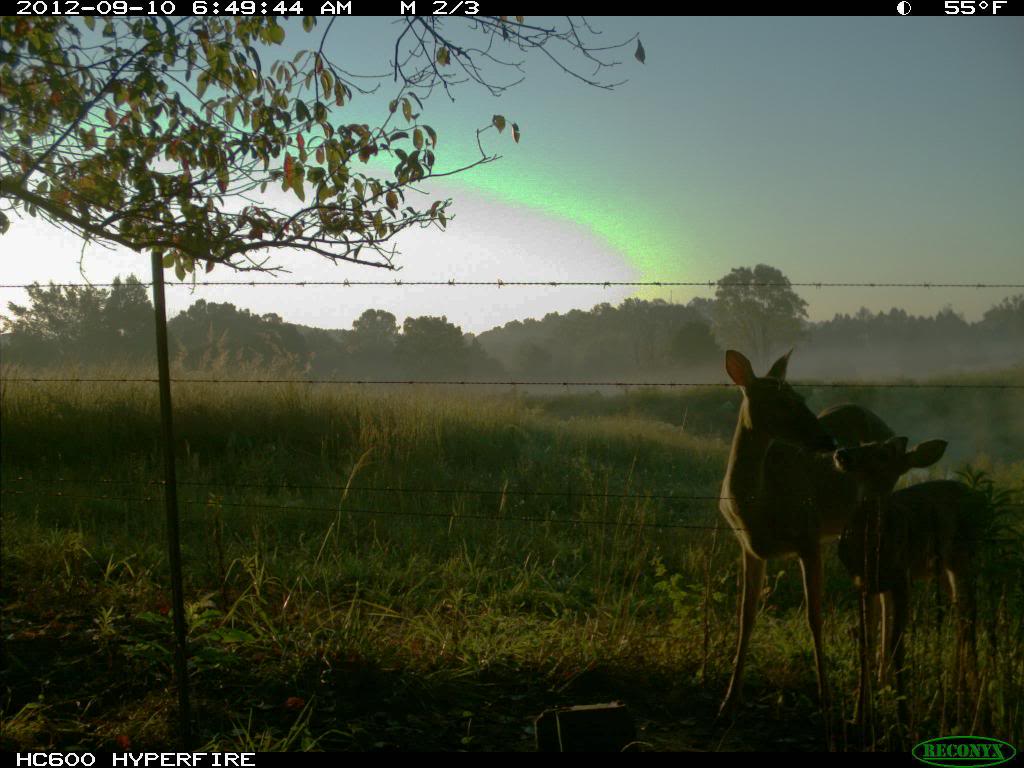
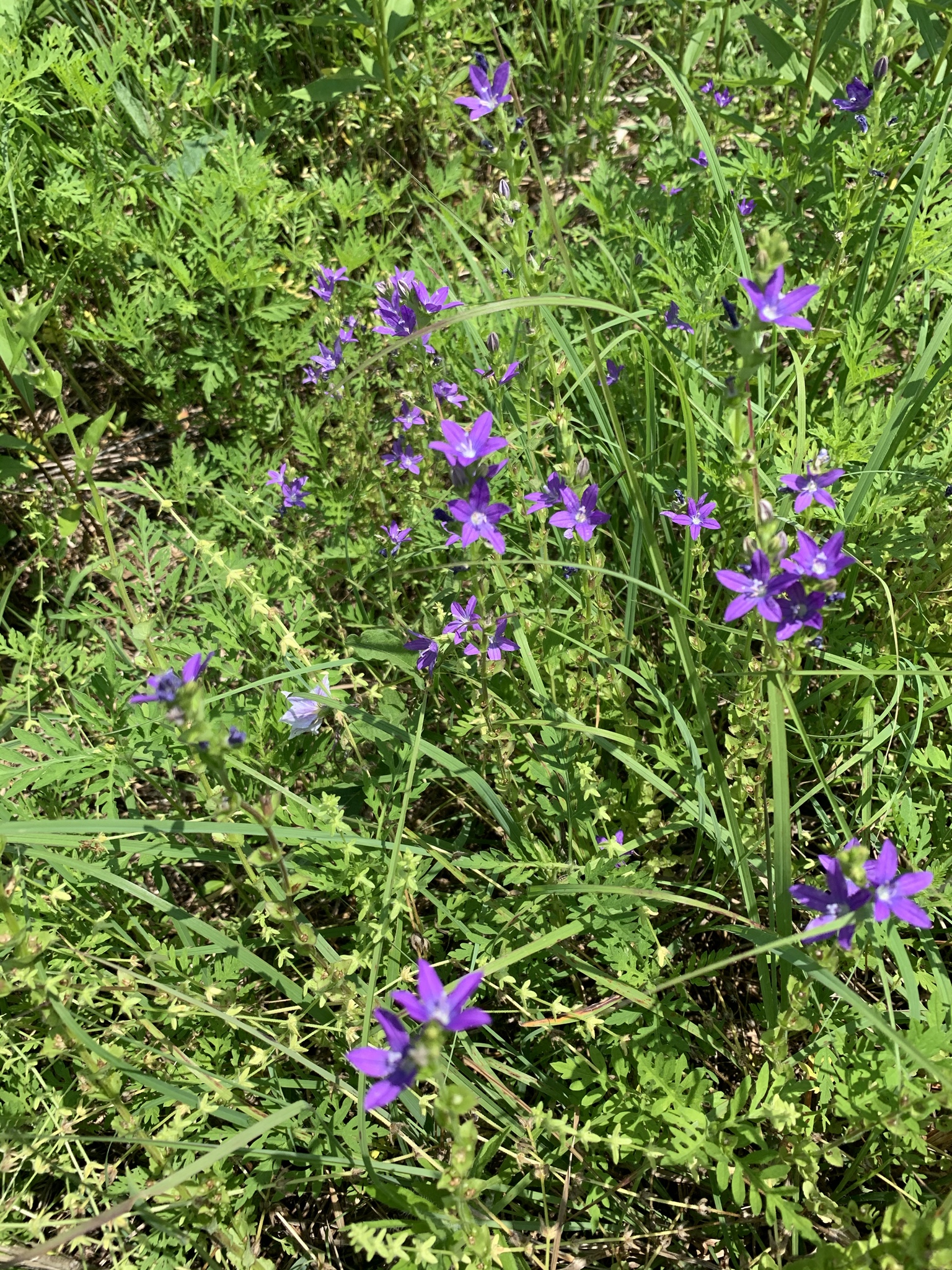
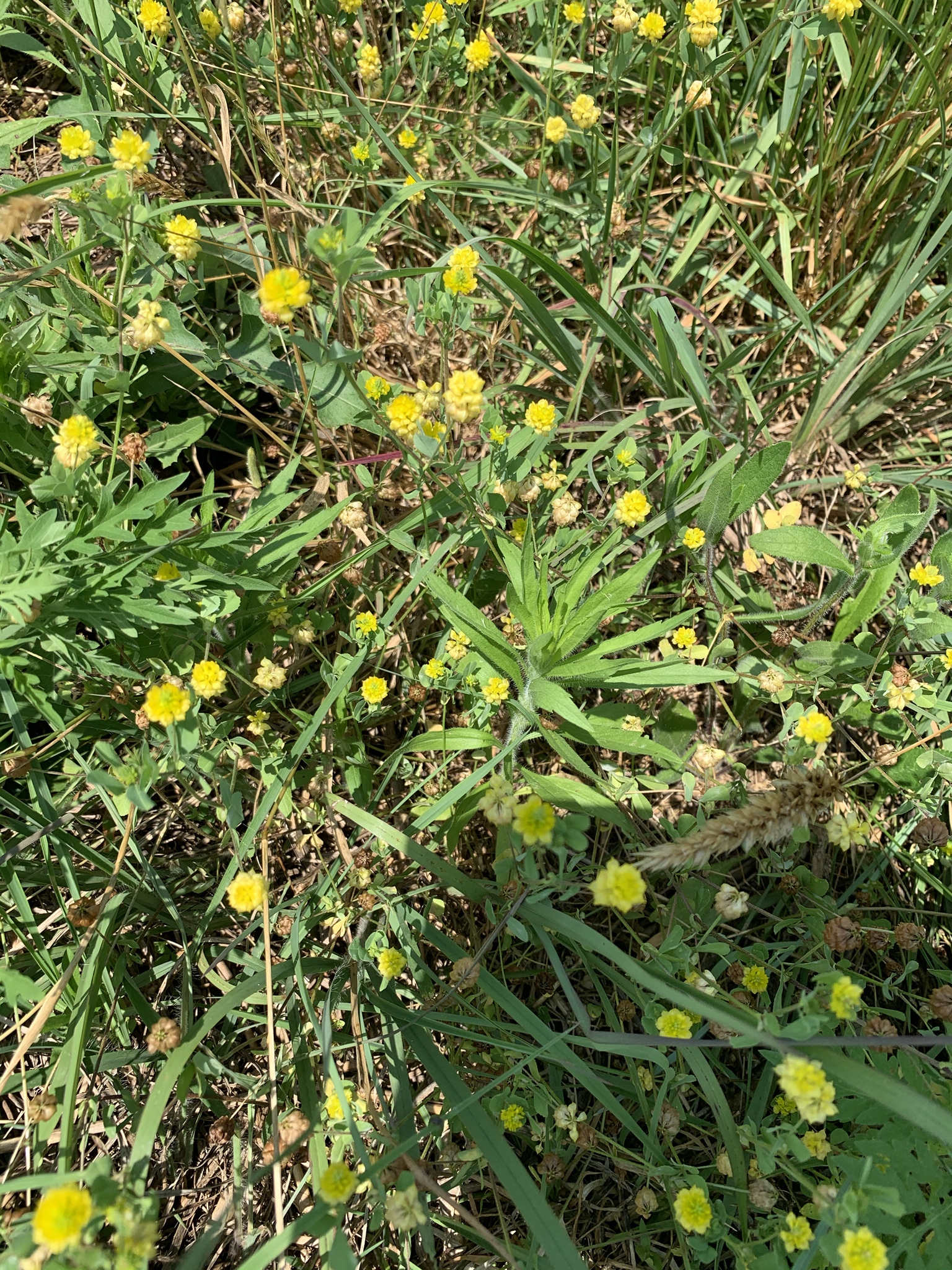
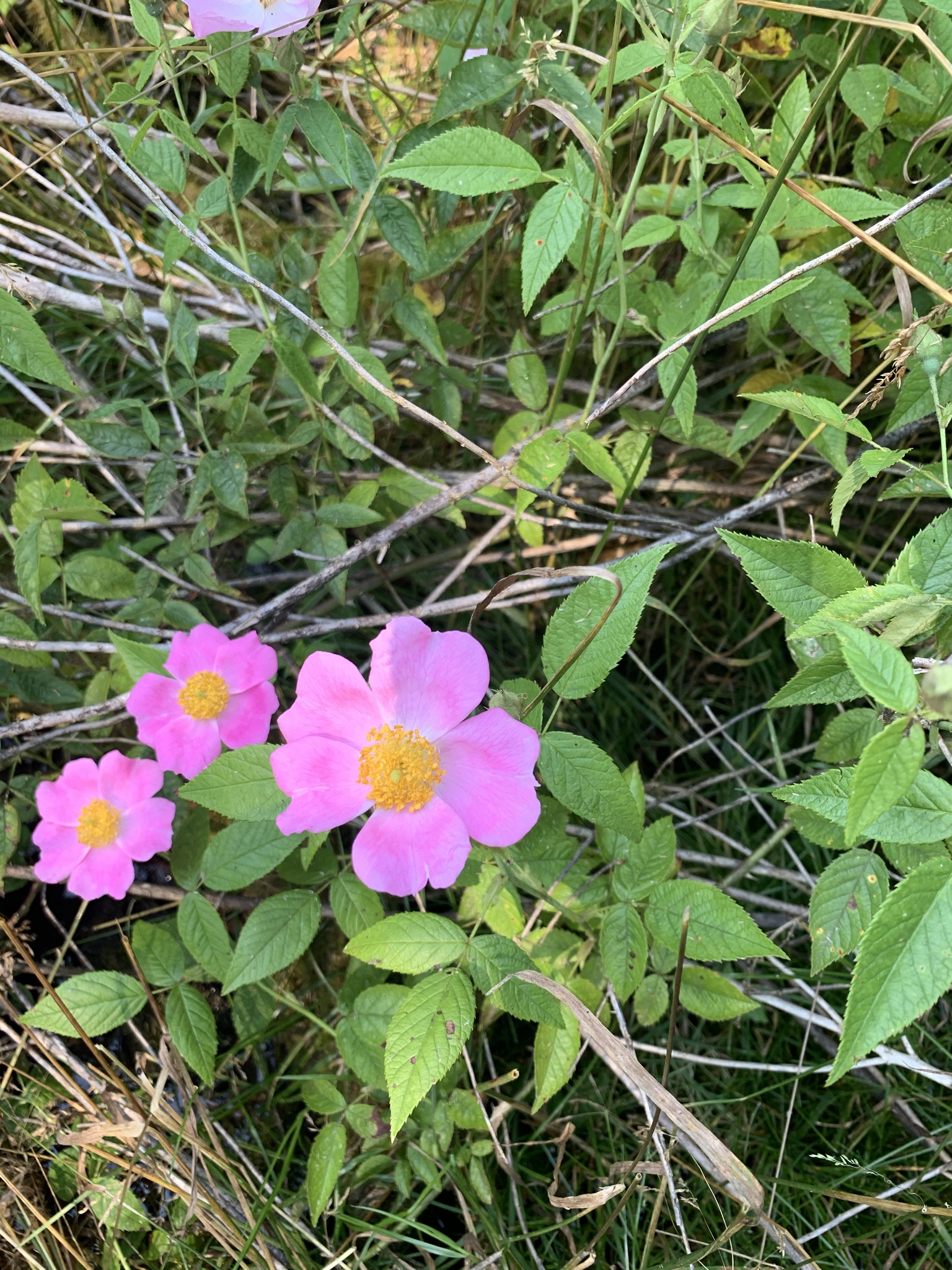

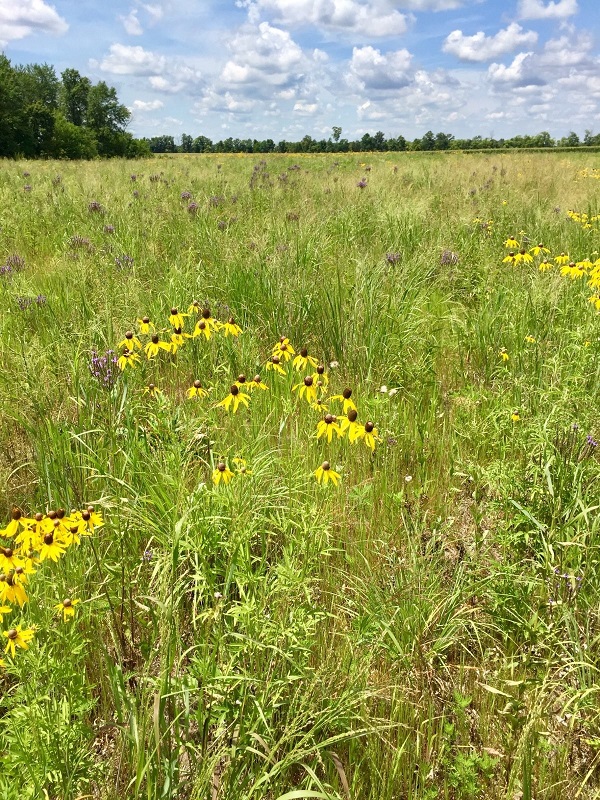
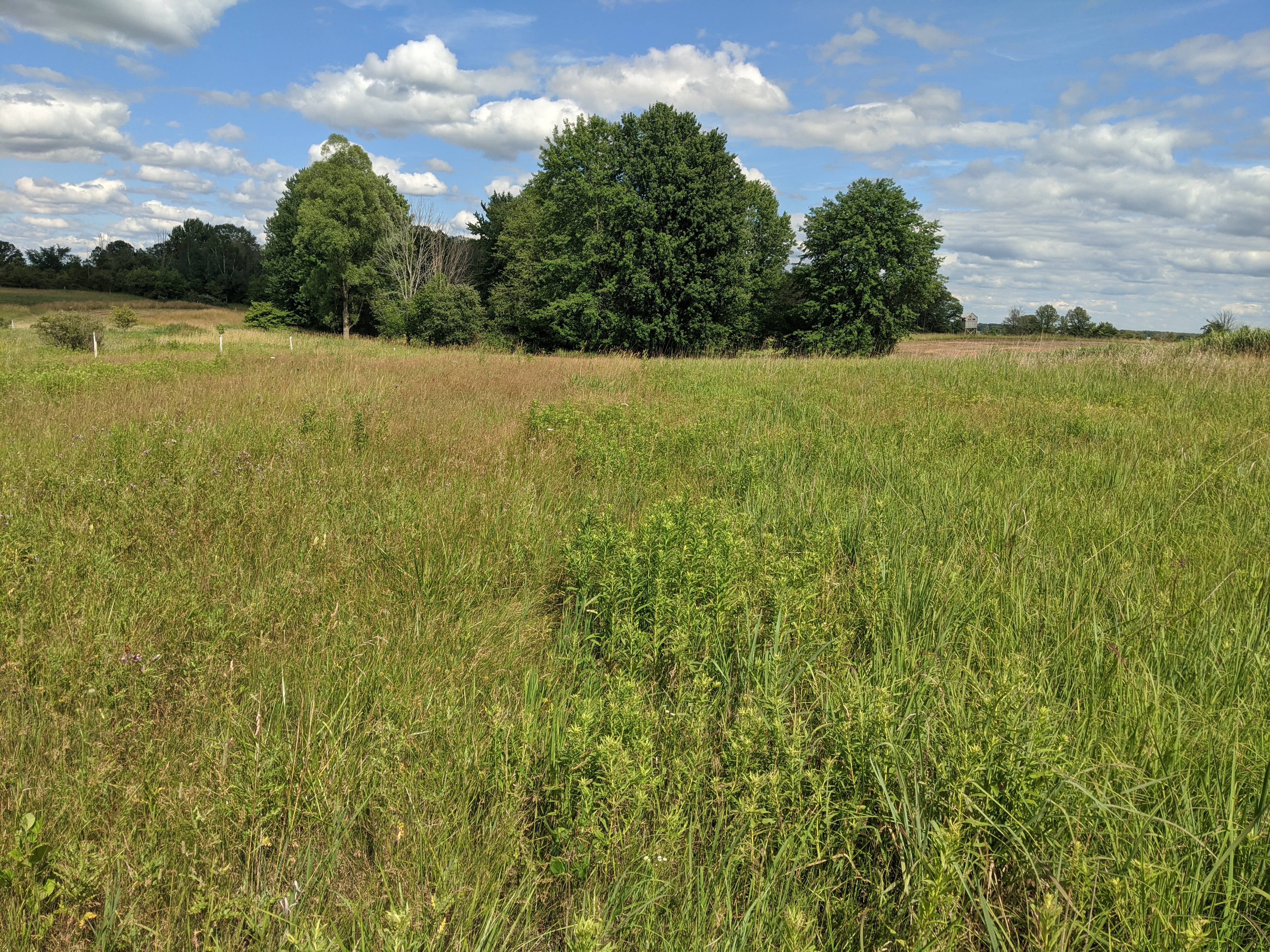

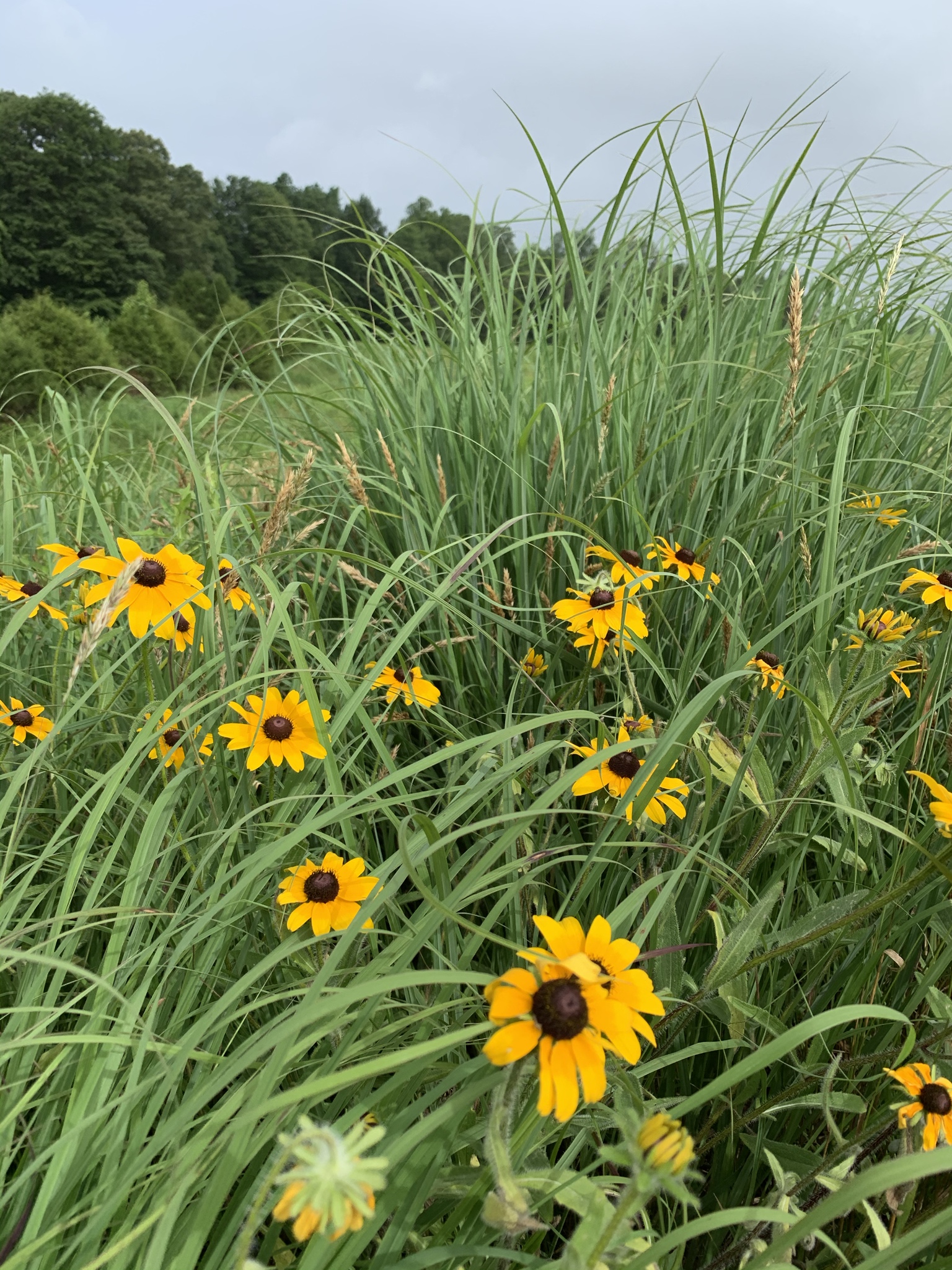
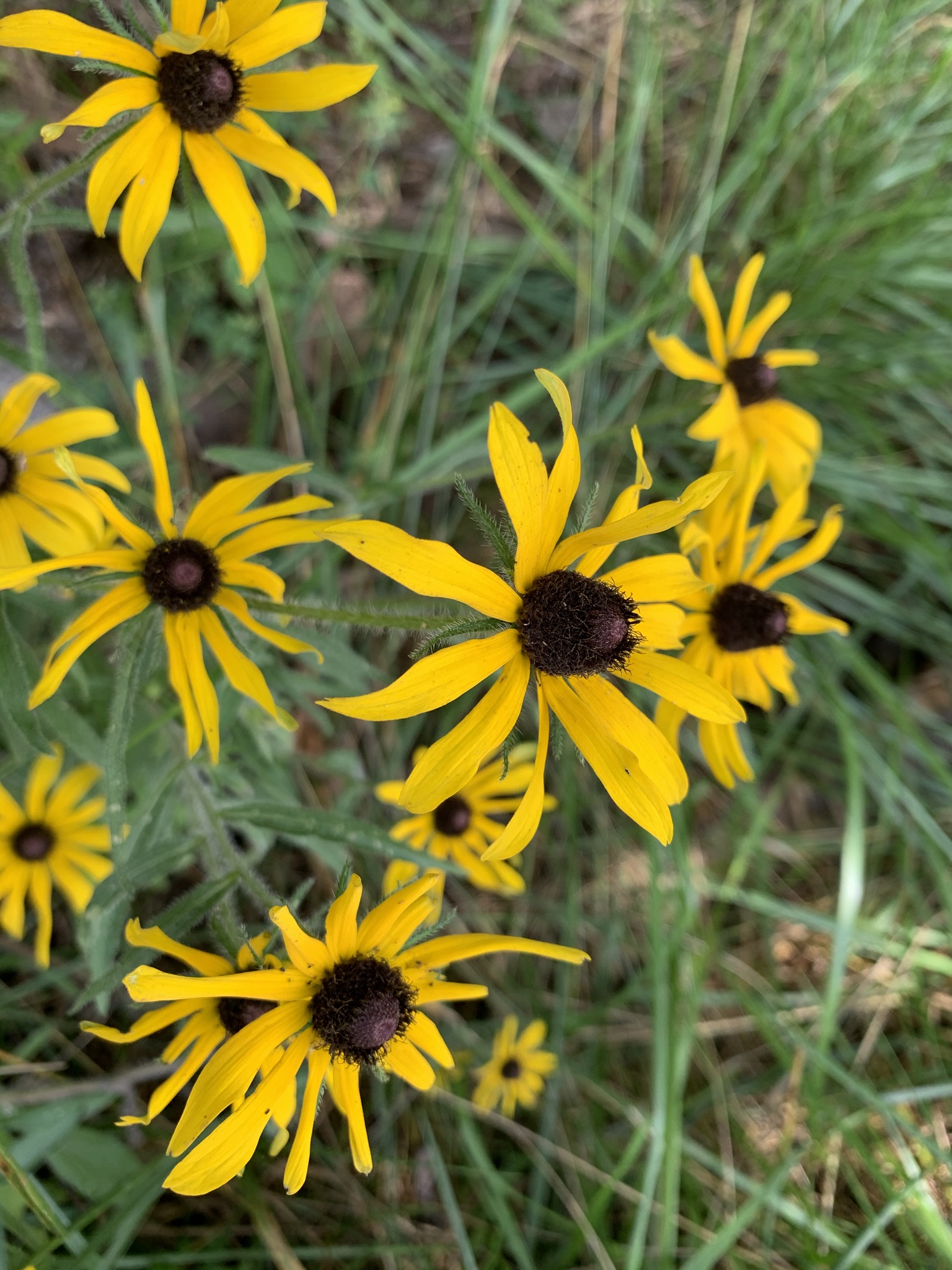
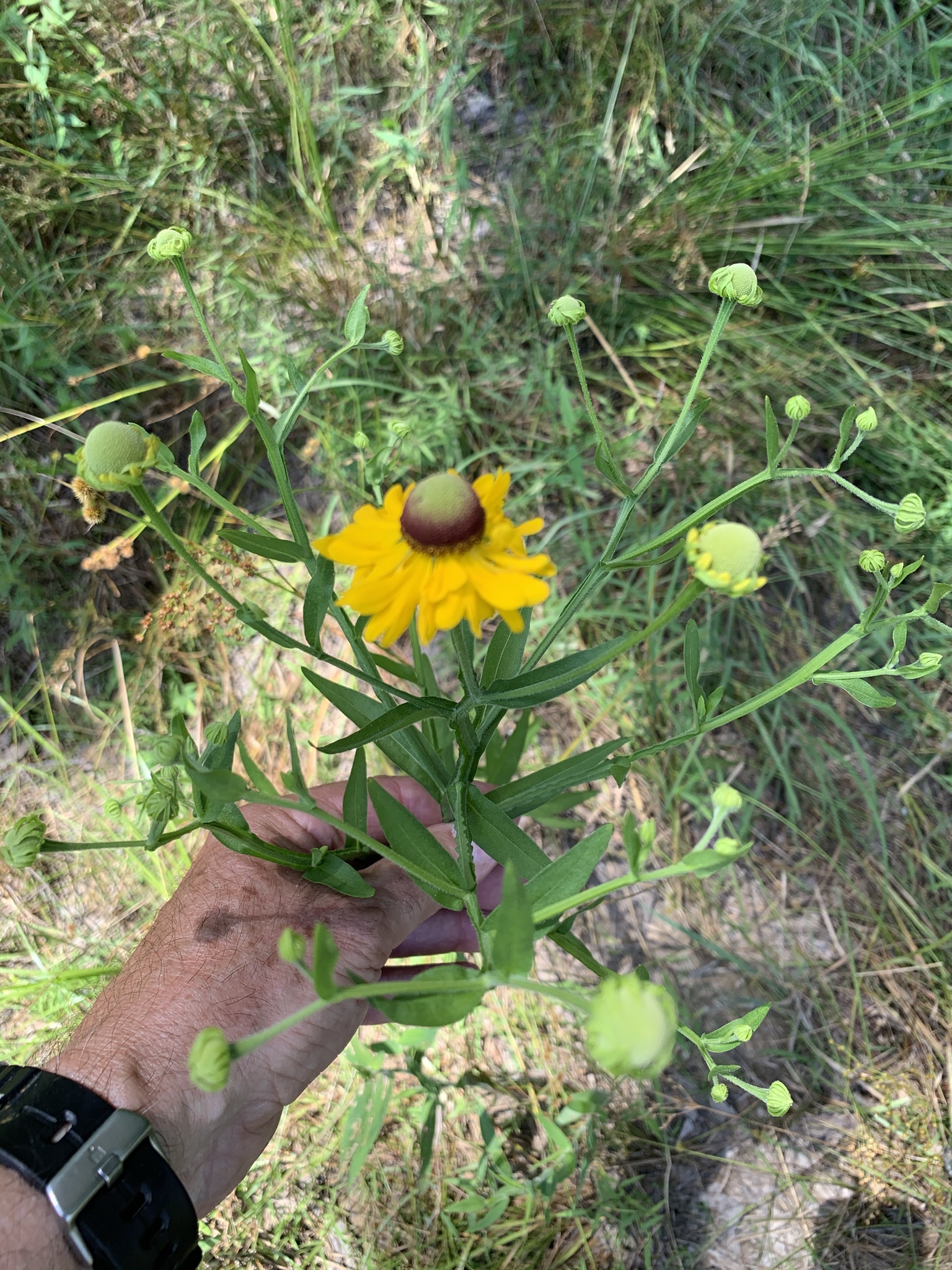
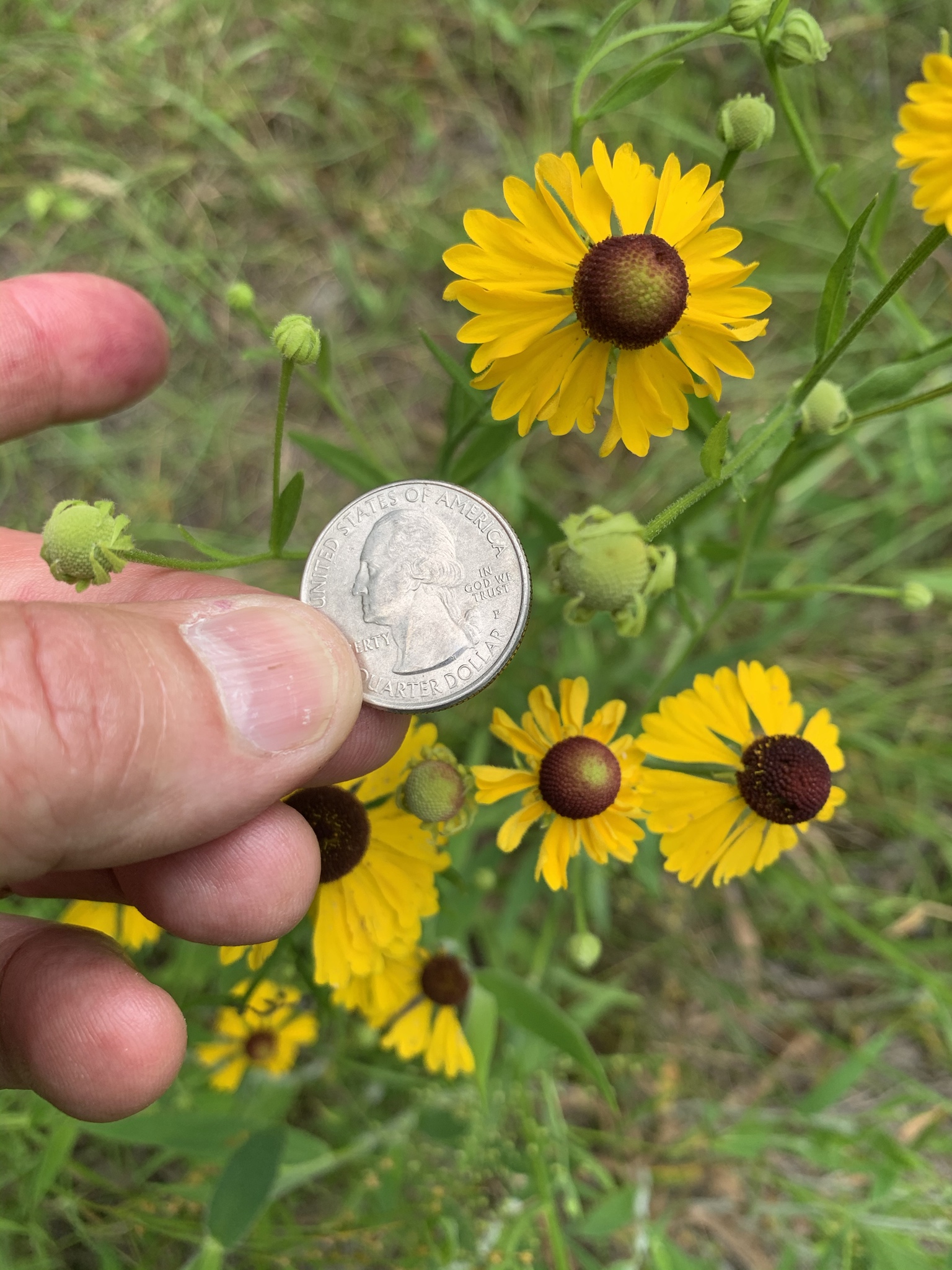

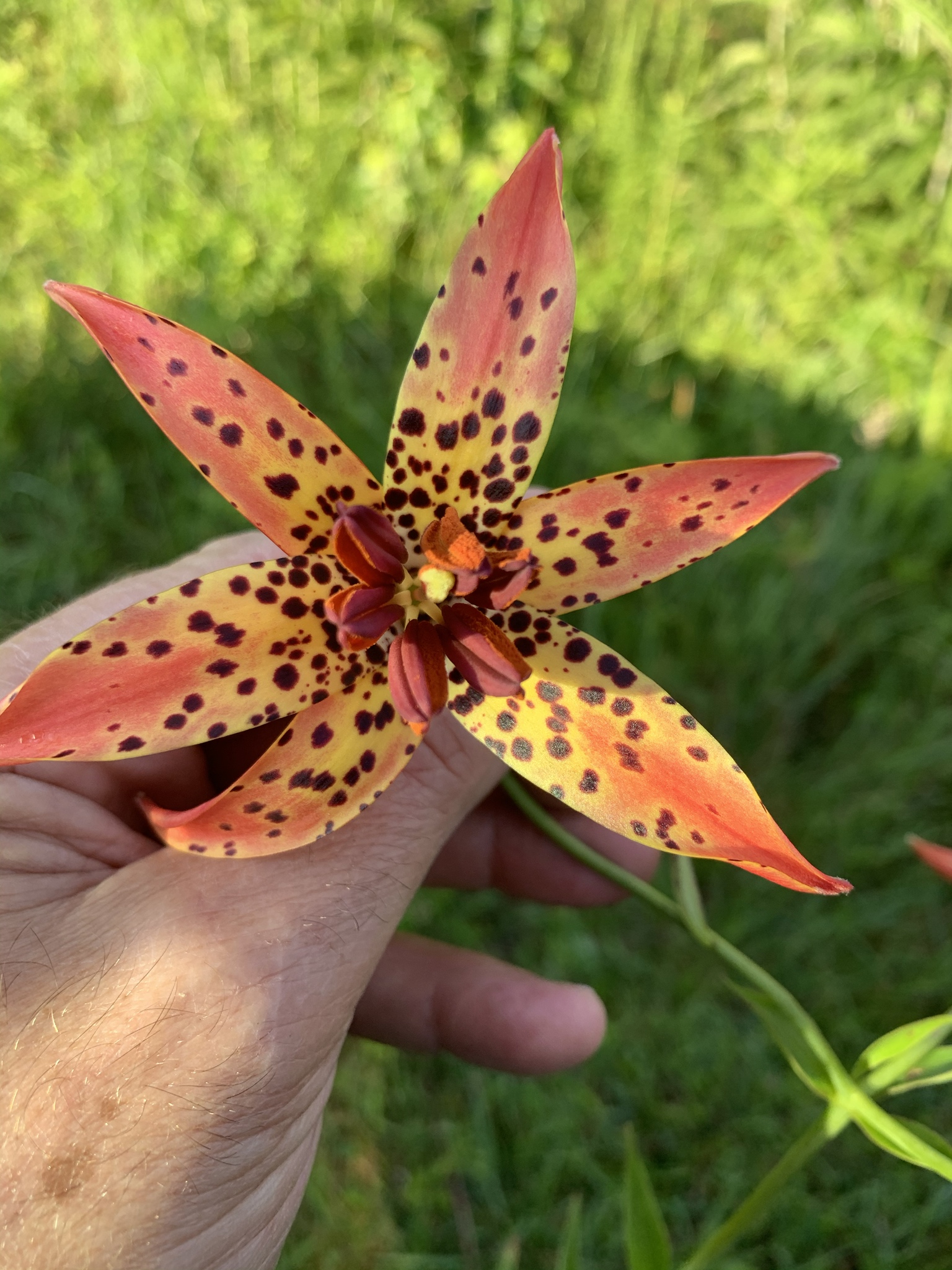
![B]](/proxy.php?image=https%3A%2F%2Fi.imgur.com%2FTOVGciT.jpg%5B%2Fimg%5BB%5D%5D%5B%2FB%5D&hash=c9bd9bd49fa431e765e3e1cc266c3c3b)
